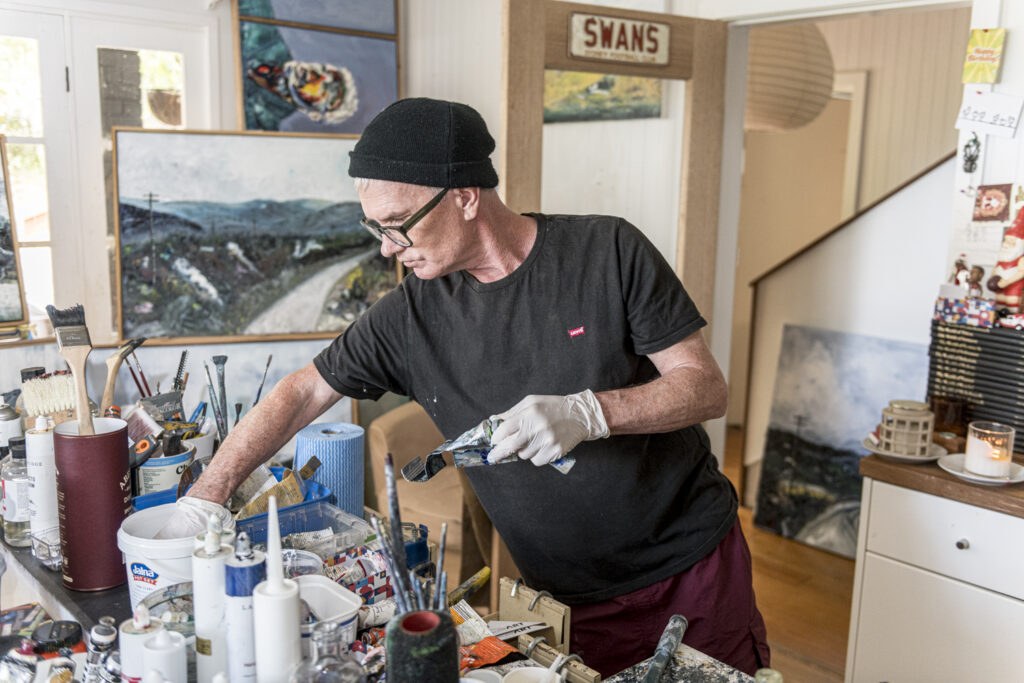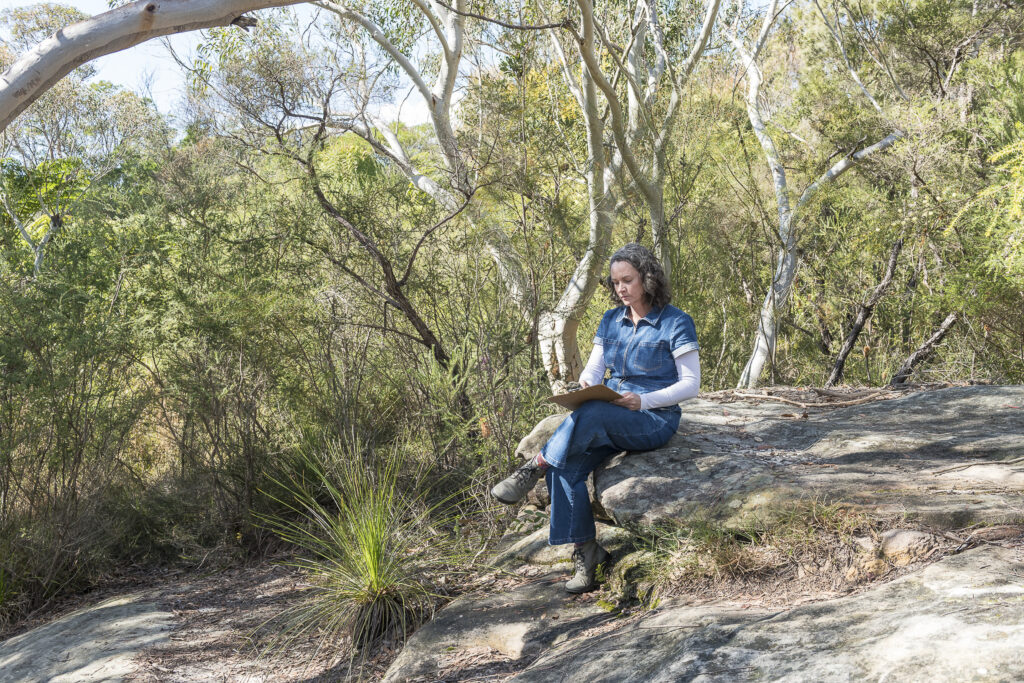Nicola Woodcock
Words Michael Sharp
Photography: Ashley Mackevicius
Nicola Woodcock was “trying to figure it all out” as a young mum living near historic Oxford in the United Kingdom. Her husband, Sam, loved his job and their village life but Nicola was unhappy.
“I didn’t go back to work after I had the girls and I felt like something was missing. Sam was travelling around Europe working on IT projects while I was at home with two babies and going absolutely bonkers. As much as I loved being a mum, I felt like my world had shrunk and my possibilities had narrowed.”
Nicola hadn’t practised any art since high school, but then “somehow I found out about this life drawing class on a Saturday morning. It had got to the stage where I could leave the girls with Sam for a few hours so I gave it a try.
“And that’s when I realised – this is what I need to do, this is what has been missing.”
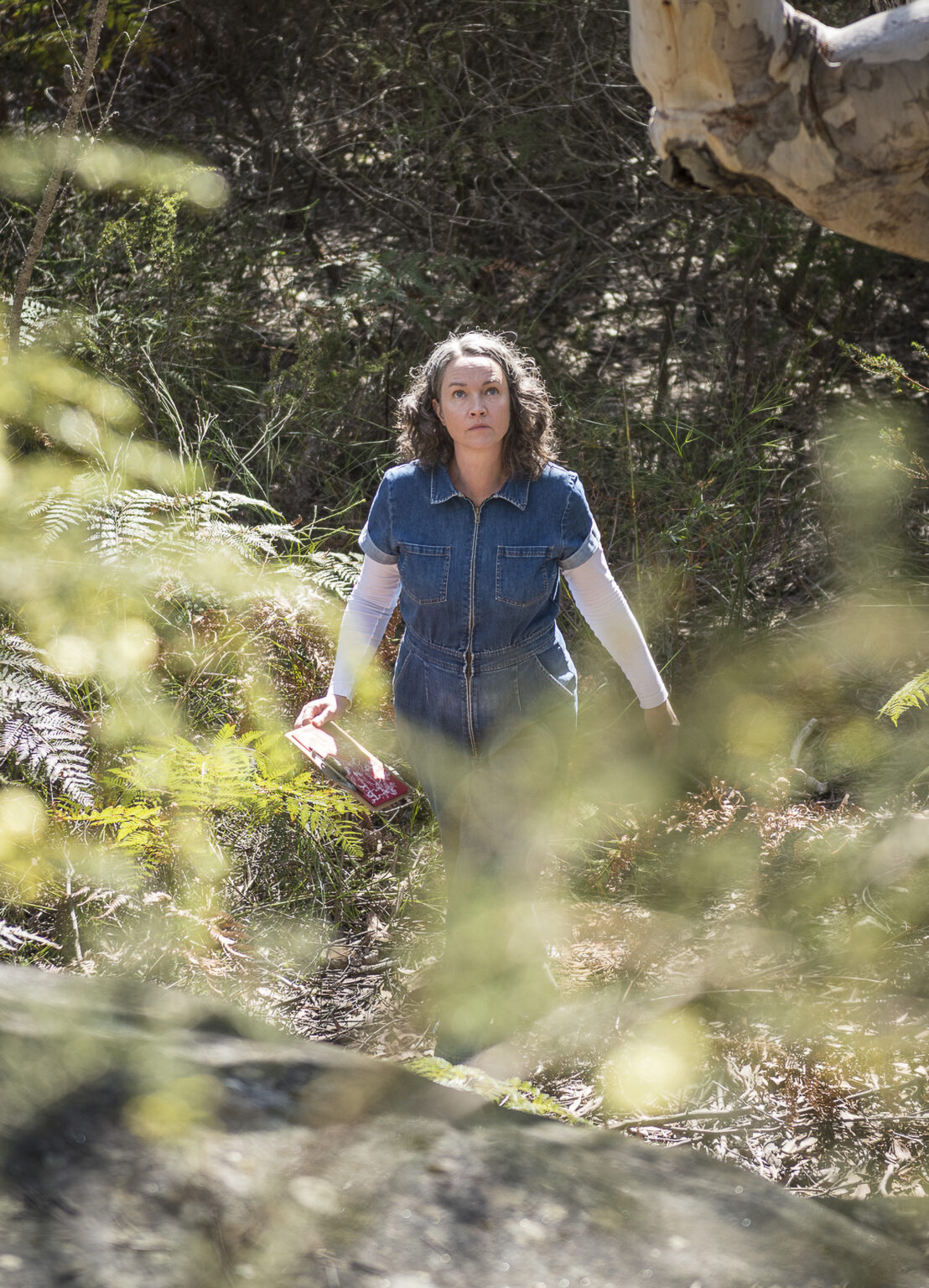
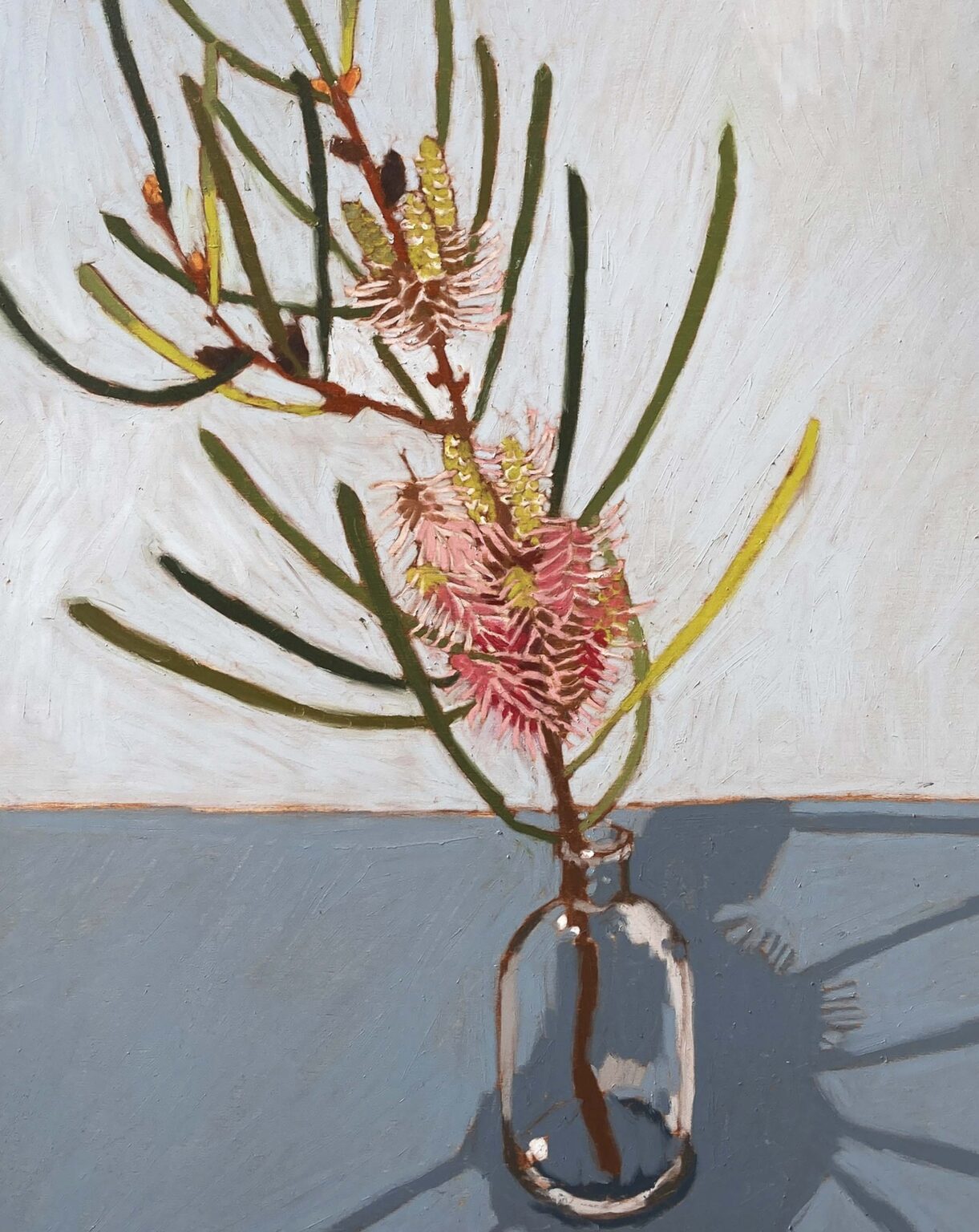

Nicola was born 100 miles north-west of Oxford in Staffordshire and grew up in the West Midlands with her parents and younger sister. She describes her childhood as “pretty normal and uneventful” until the family moved to Hong Kong for three years when she was six years old because her father, a civil engineer, was offered a job there.
“Compared to home, Hong Kong was so different and fun,” Nicola recalls. “We could walk to the beach, catch ferries to places and the city was exciting. And then, after three years, we went back home and it was just so dull.”
Although she was only nine years old when she returned to the UK, Nicola knew she wanted to travel overseas as soon as she could. But first she had to finish school.
“I was very quiet and shy and I didn’t have many friends,” she says of her school years. She did A-levels in Art, French and German and fortunately had a wonderful art teacher.
“Mrs James was the only one who recognised anything in me. I would spend lunchtimes and whatever spare time I had in the art room.” Unusually, the school had an old printing press and young Nicola would type and print things for fun.
“The printing press was huge, with pedals and a big wheel – there were no health and safety rules!” She didn’t realise at the time that this experimentation would unconsciously influence her future career choices in publishing.
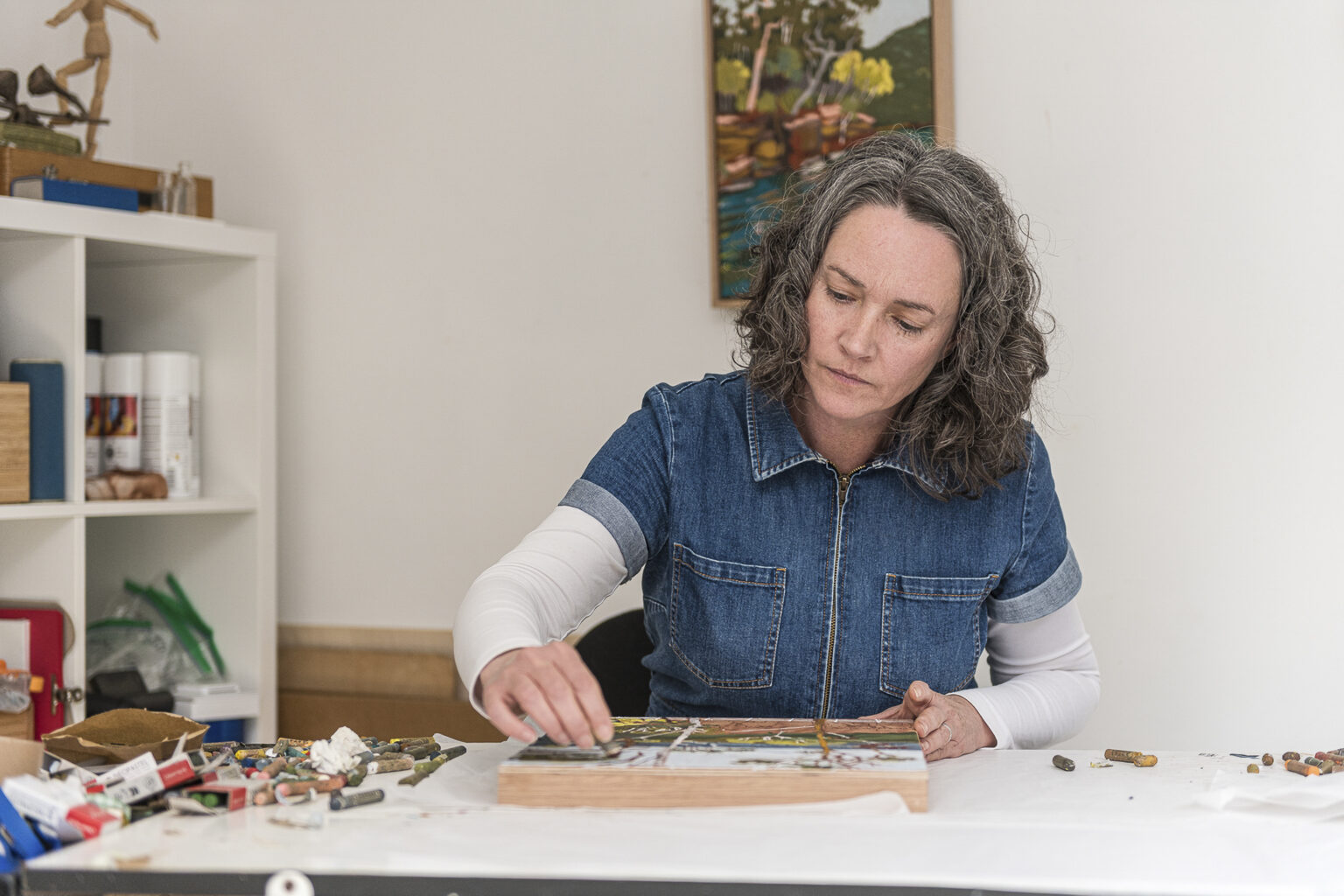
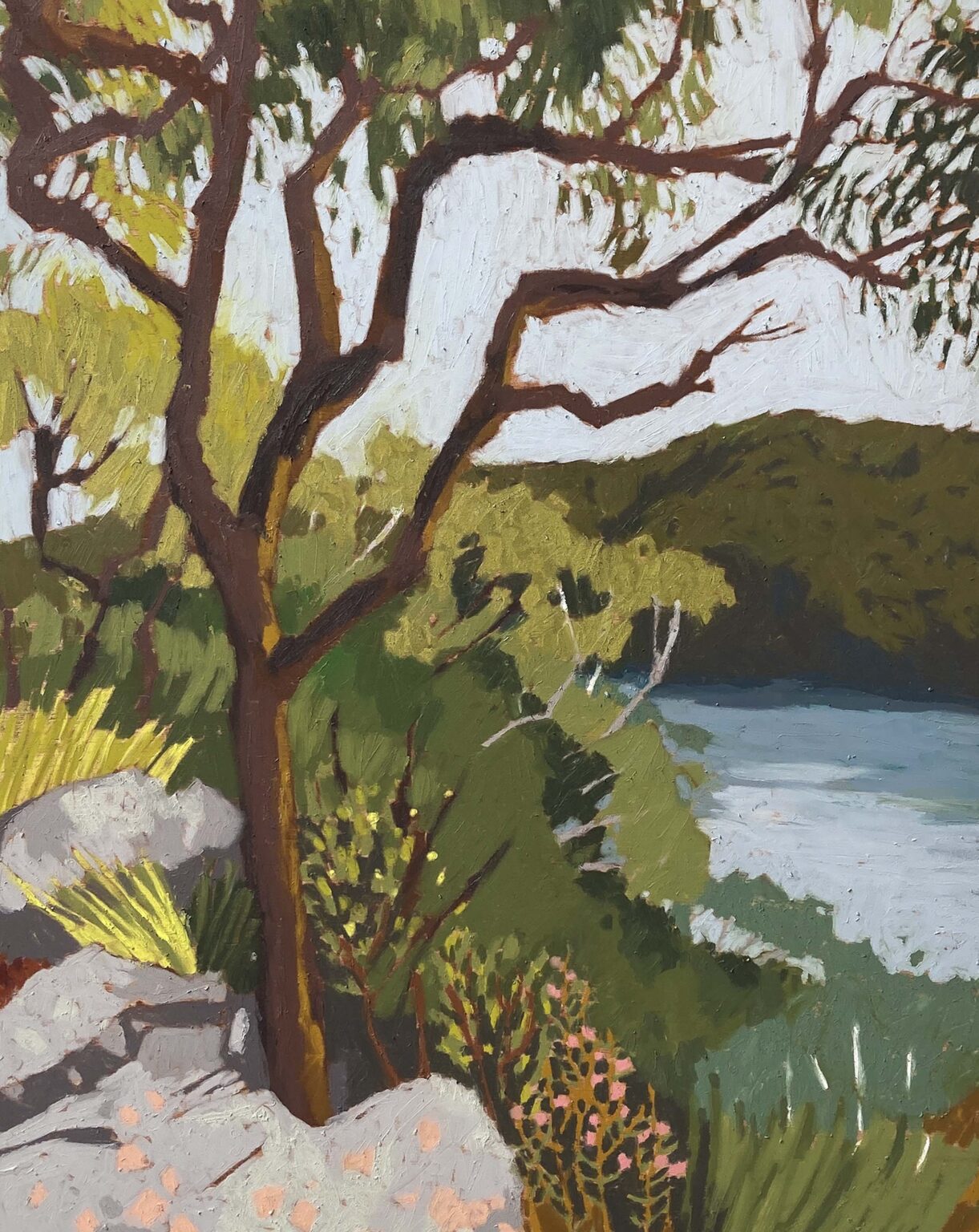
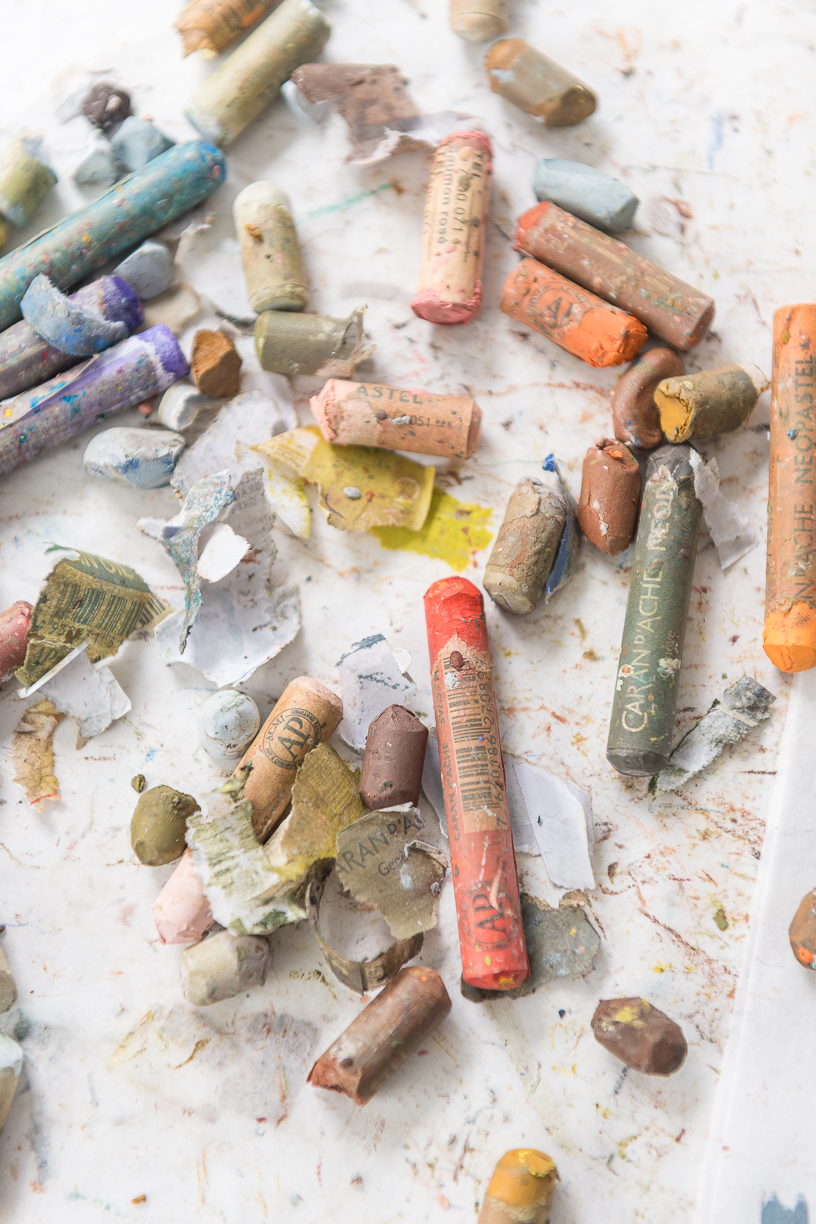
Nicola performed well in her final high school exams, with Art her best subject, but the country was in a recession and she was told if she wanted to pursue a career in Art she would have to be a teacher.
“I knew I couldn’t be a teacher because I was so quiet – there was no way I would be able to stand up in front of a class back then.”
So she went to Keele University, near Stoke-on-Trent, and completed a degree in European Studies and French. She did not practise art at all during her university years because “when I finished school, I thought that was it for my art”.
At Keele University she met her future husband, Sam, who was also completing a degree in Humanities.
After university, Nicola worked for an advertising agency, learning about print production, with the prime goal to save money to travel – with Sam. They decided to fly to Australia.

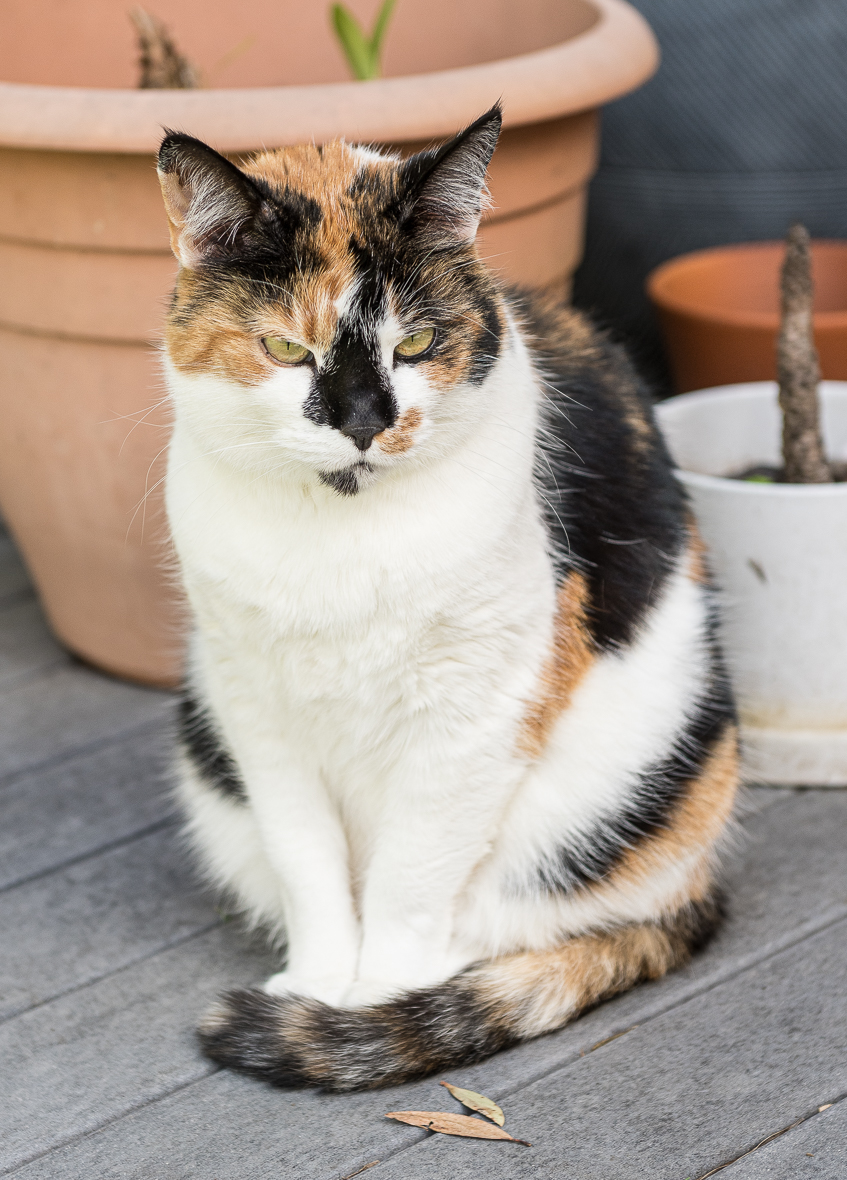
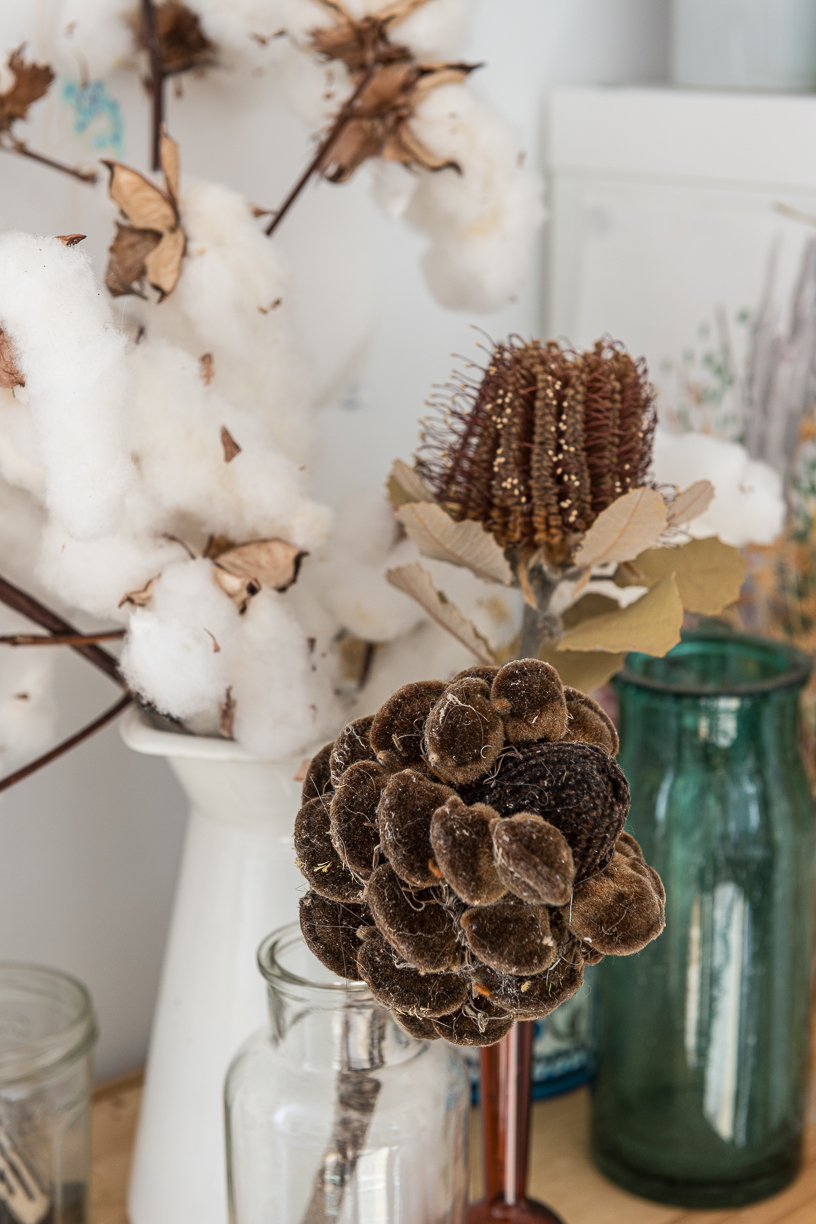
“We didn’t have enough money to last for 12 months but we knew that in Australia we would be able to get jobs to pay for our travels. We worked in hospitality and cleaned toilets and we bought a car to drive around – and we fell in love with the country.”
The young couple wanted to stay longer in Australia but they had to return to the UK when their visas expired. They lived in Cheltenham and Nicola found a job with a book publisher, which involved travelling to Europe.
Remarkably, her parents then moved to Australia because her father had applied successfully for a job working on the Sydney Metro project.
“That gave us an excuse to return to Australia to visit them. We tried to get jobs but it was very hard. Sam eventually found work with an Australian company – but the job was in Malaysia.” When Sam’s contract ended after 18 months, they returned to the UK.
They bought a house in Oxford and Nicola worked for Oxford University Press. The couple focused on accumulating sufficient points to qualify for Australian residency and, by the time they succeeded, they had two daughters aged three years and eighteen months. They decided to sell up and move to Australia – and their English friends thought they were completely mad.
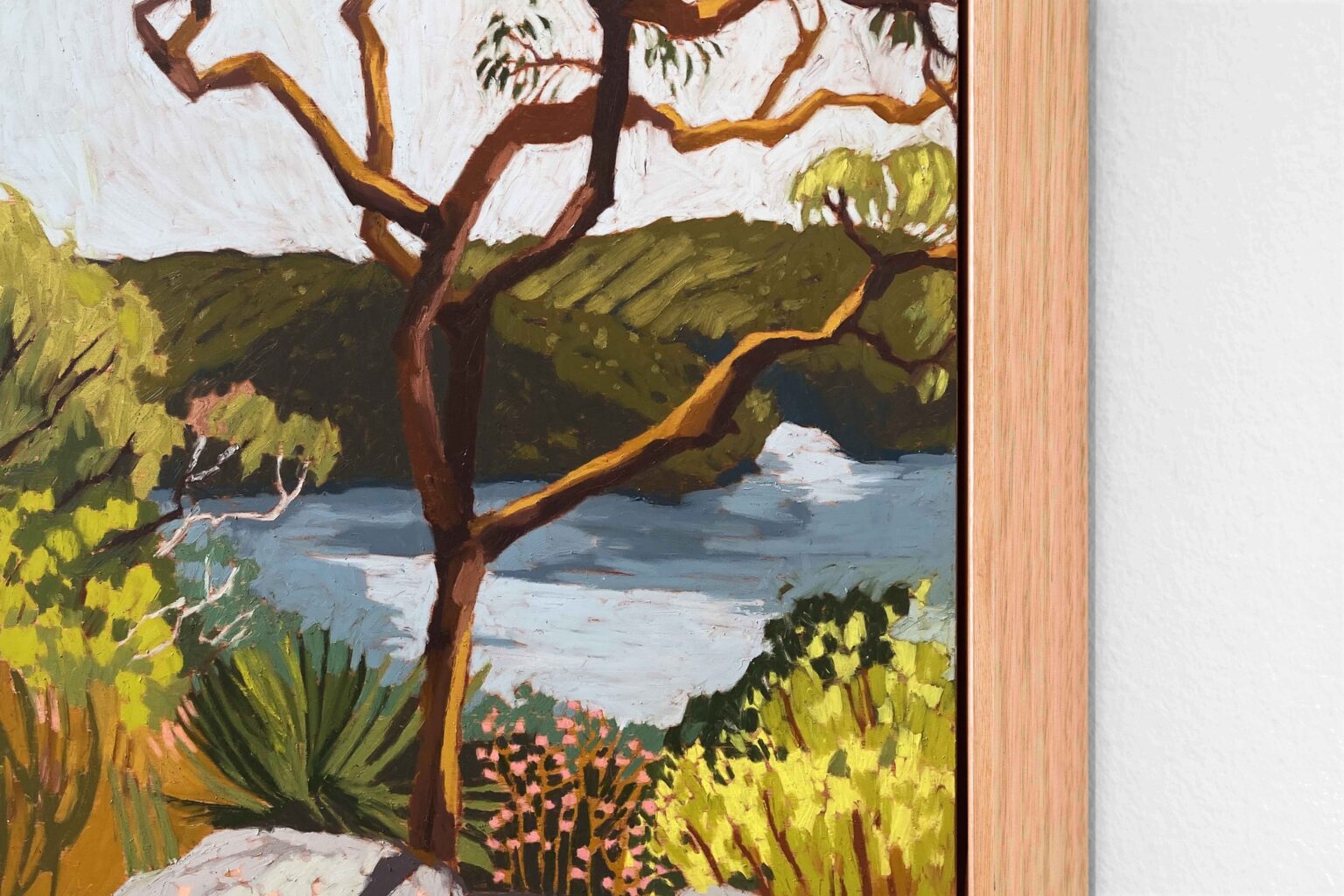
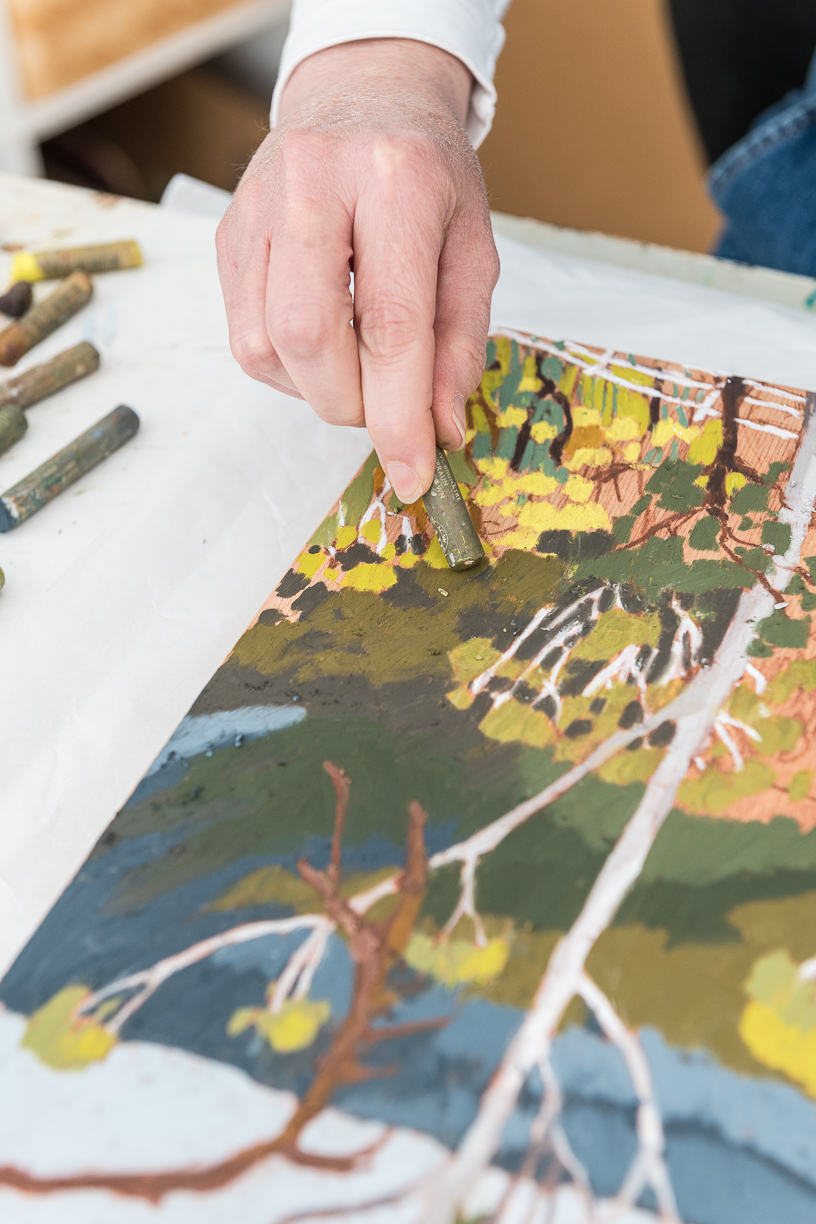
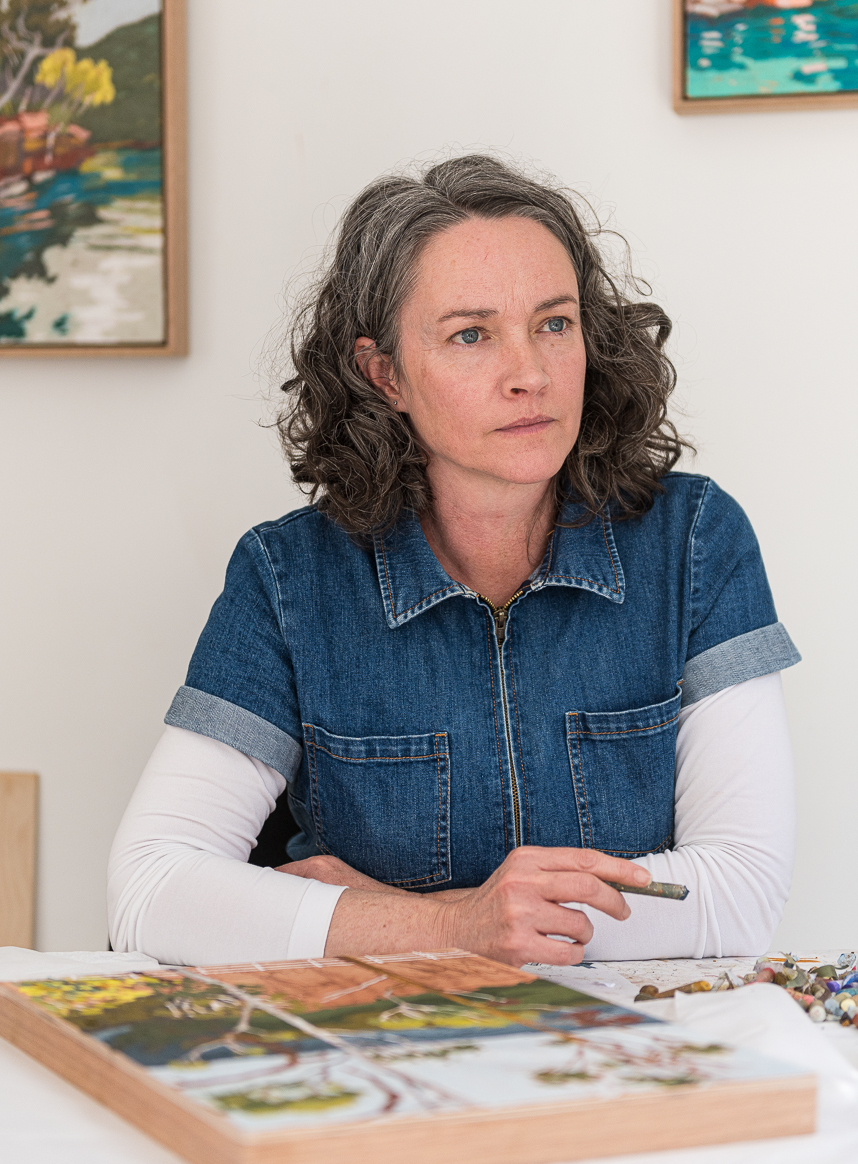
Nicola and Sam lived near her parents on Sydney’s Northern Beaches but, despite the epiphany experienced during the life drawing classes in Oxford, Nicola did not pick up her paintbrushes while she, Sam and their daughters settled into their new life in Sydney. And then she discovered she was pregnant with their third daughter.
“I was like – when is it going to be my time?! It was a great lesson in patience and later I realised that things happen when they are meant to.”
About three years later, Nicola started classes at Julian Ashton Art School in Georges Heights.
“It was just once a week on a Friday morning. I would drop our youngest daughter at my mum and dad’s and I learnt how to use oil paints.”
These classes confirmed this was what she wanted to do with her life, “but I didn’t know how to do it”.
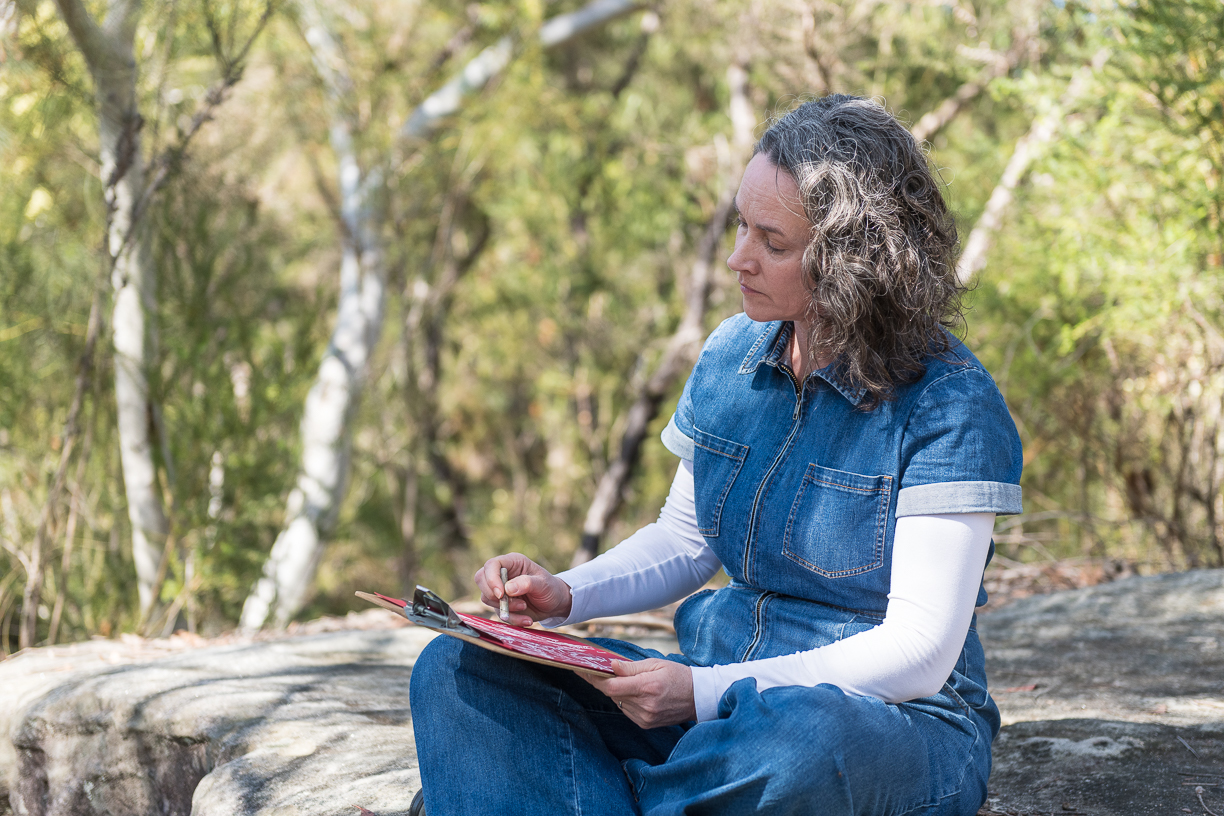
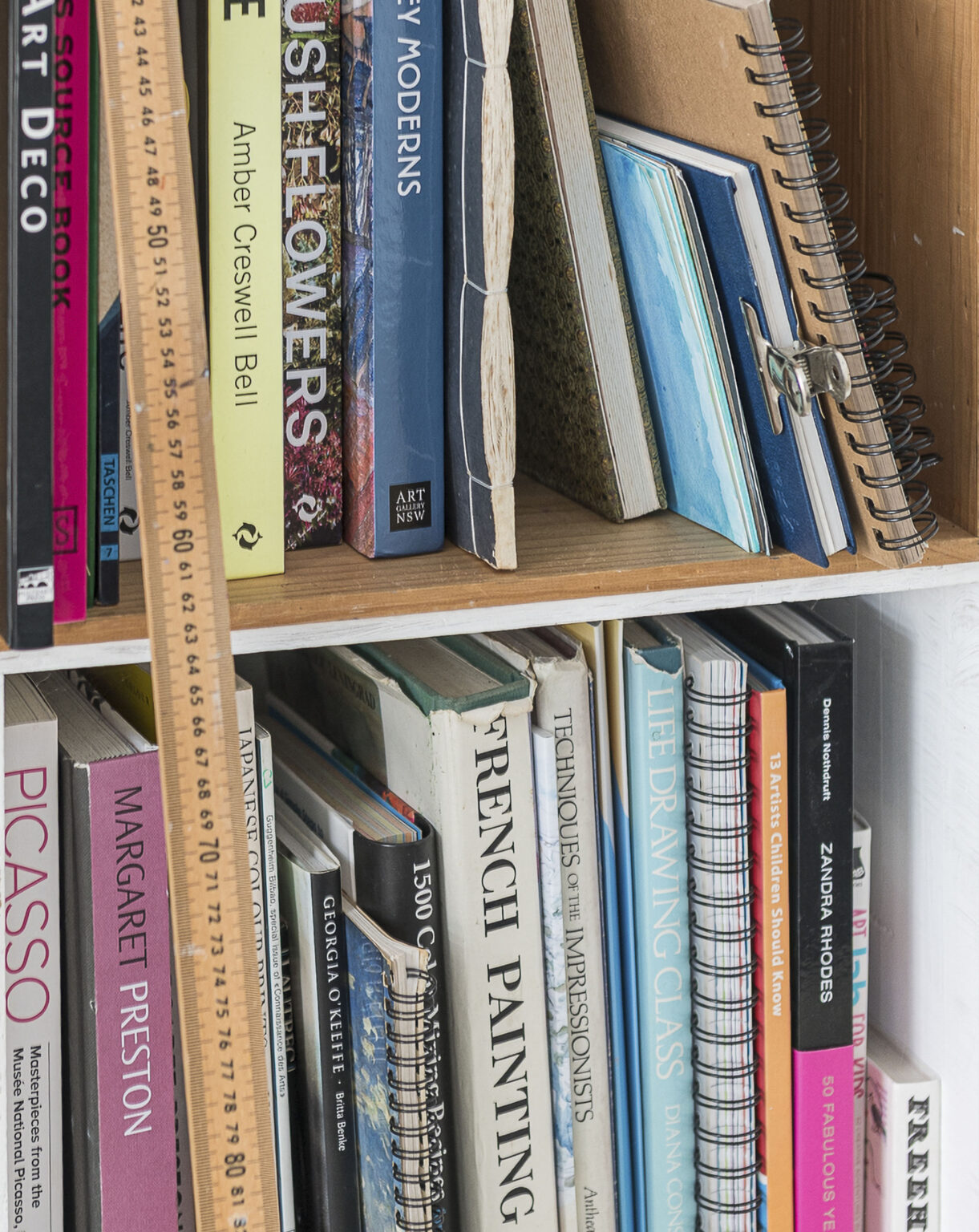

Significantly, she opened an Instagram account at this time and looked at what artists were doing.
“I saw that some were doing 100-day challenges – posting one picture a day for 100 days. I hadn’t made any art or shown anything to anyone at this stage but I decided I would do it.”
Nicola had been experimenting with oil pastels with her daughters.
“Pastels are very portable and I could do the works quickly while we were at the park or the beach, so I bought a sketch pad that was 20 centimetres by 20 centimetres and I did one pastel work every day for 100 days. Even if I didn’t like the picture, I would have to post it.
“I learned so much from that experience. I got over my fear of showing my work to the world. I would get positive reactions for drawings I didn’t particularly like, so I realised I had been far too self-critical. It doesn’t matter if people like it or not – just put it out there and let go of that fear of judgment.”
She exhibited a selection of her Instagram drawings at a small art gallery in Avalon and was thrilled when many sold.
“Mostly it was my friends and the school community that bought them – but it was amazing and it gave me confidence.”
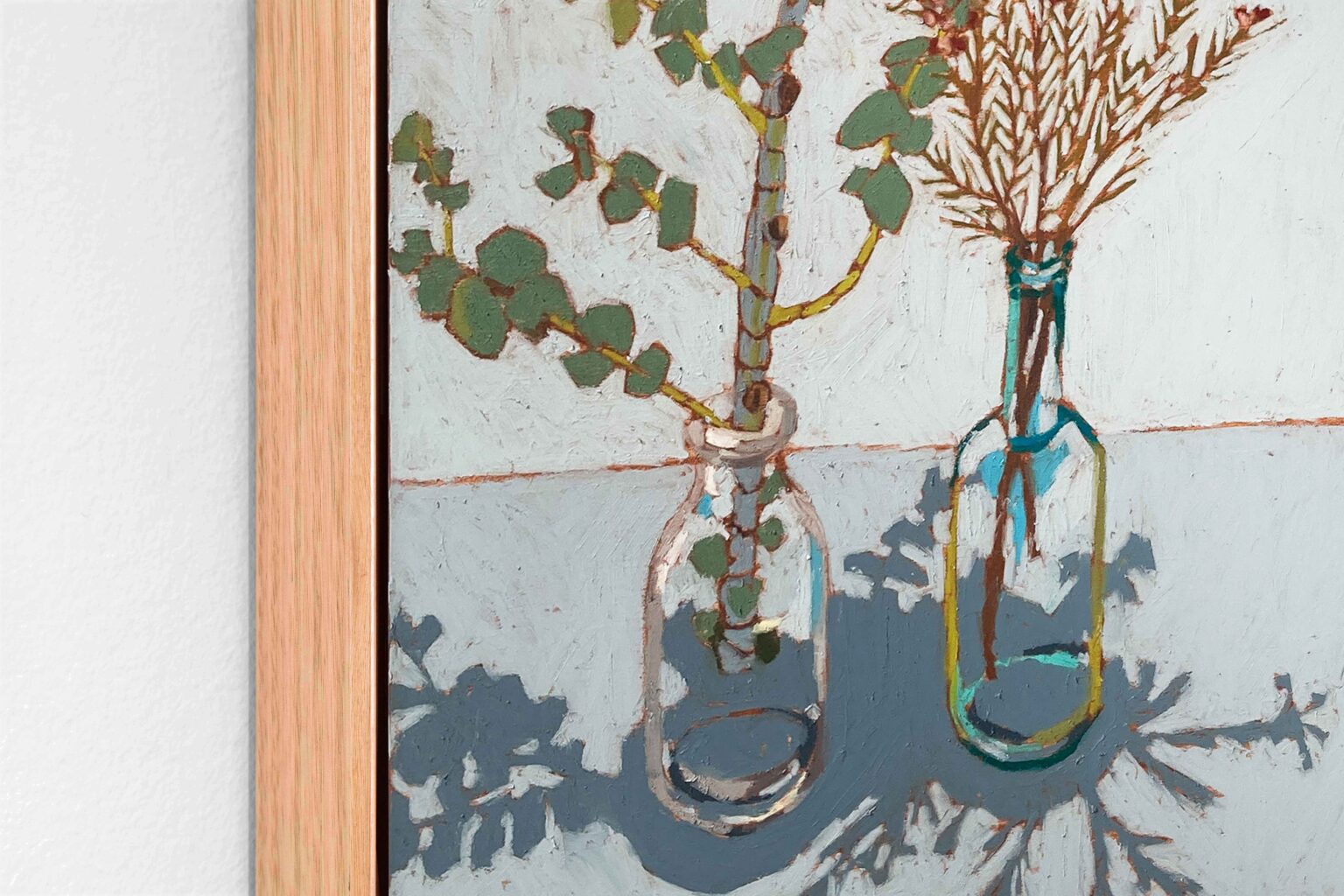
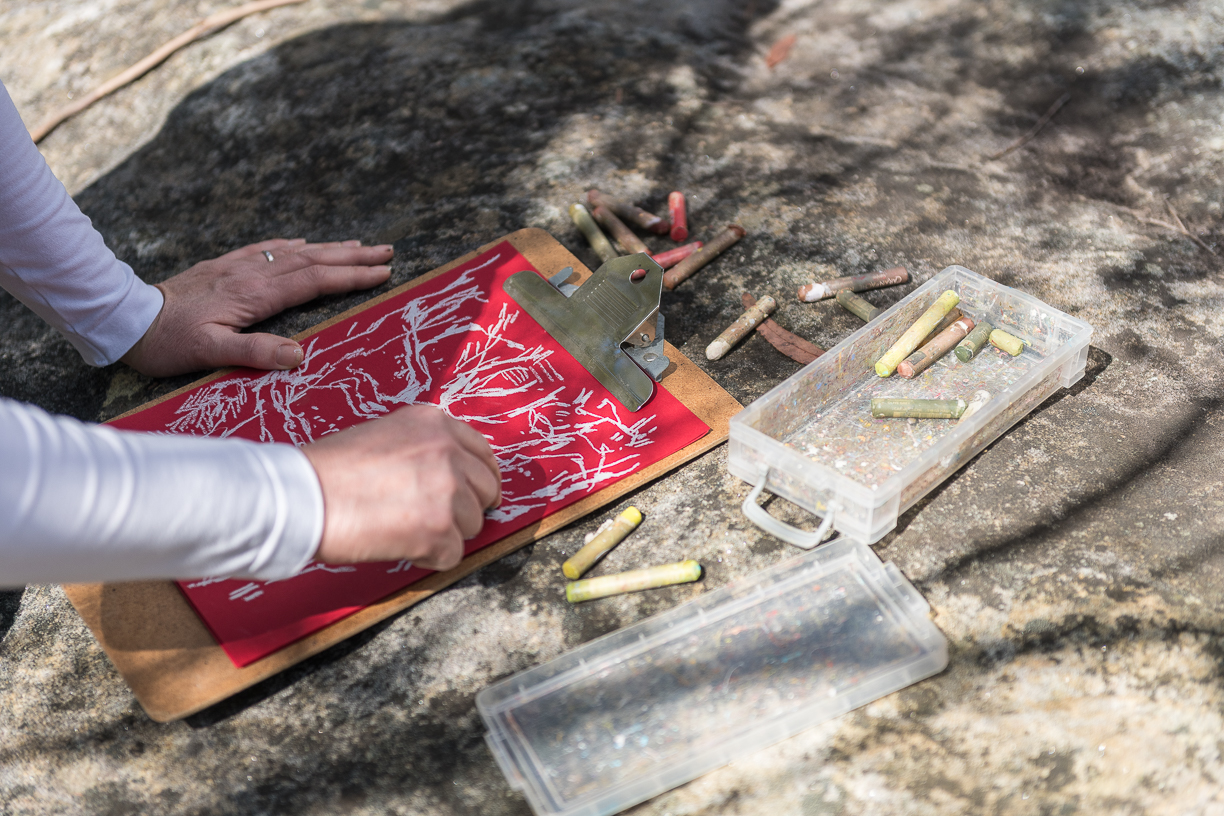
Woodcock works on birch panels, which are made specially for her. The panels come framed and she removes the frame, completes the work and then replaces the frame – because she doesn’t want to risk the delicate surface being disturbed by the framer.
“I first put down a brown wash of pastel, to dirty up the colours a little bit and give a nice contrast when I put my colours down. If it is a still life work, I have the subject in front of me and I begin by roughly sketching the outline, proportions and composition. Not very much detail. Then I go in with the pastel and I don’t erase what I’m doing because I don’t like the smudgy pastel look. When the marks are down, it’s done.”
Working in oil pastels, she can’t mix a lot of colours as one can with paints.
“I have a limited number of colours and I have learned how to translate what I am looking at into the colours that I have – to know what works.”
Australia’s native flora has captivated her since she visited the country as a young backpacker.
“I was struck by the abundance of nature here, and the colours and the shapes. It was so different to what I had grown up with or seen before. And I really liked that it wasn’t delicate. An English garden is full of pretty, delicate flowers and while Australian natives are beautiful in their own way, they have that robustness.”
Woodcock’s upcoming exhibition at Michael Reid Southern Highlands is titled “Don’t wish these days away” and features landscapes and still life works inspired by winter wanderings in Ku-ring-gai National Park, the Blue Mountains and the Hawkesbury region.
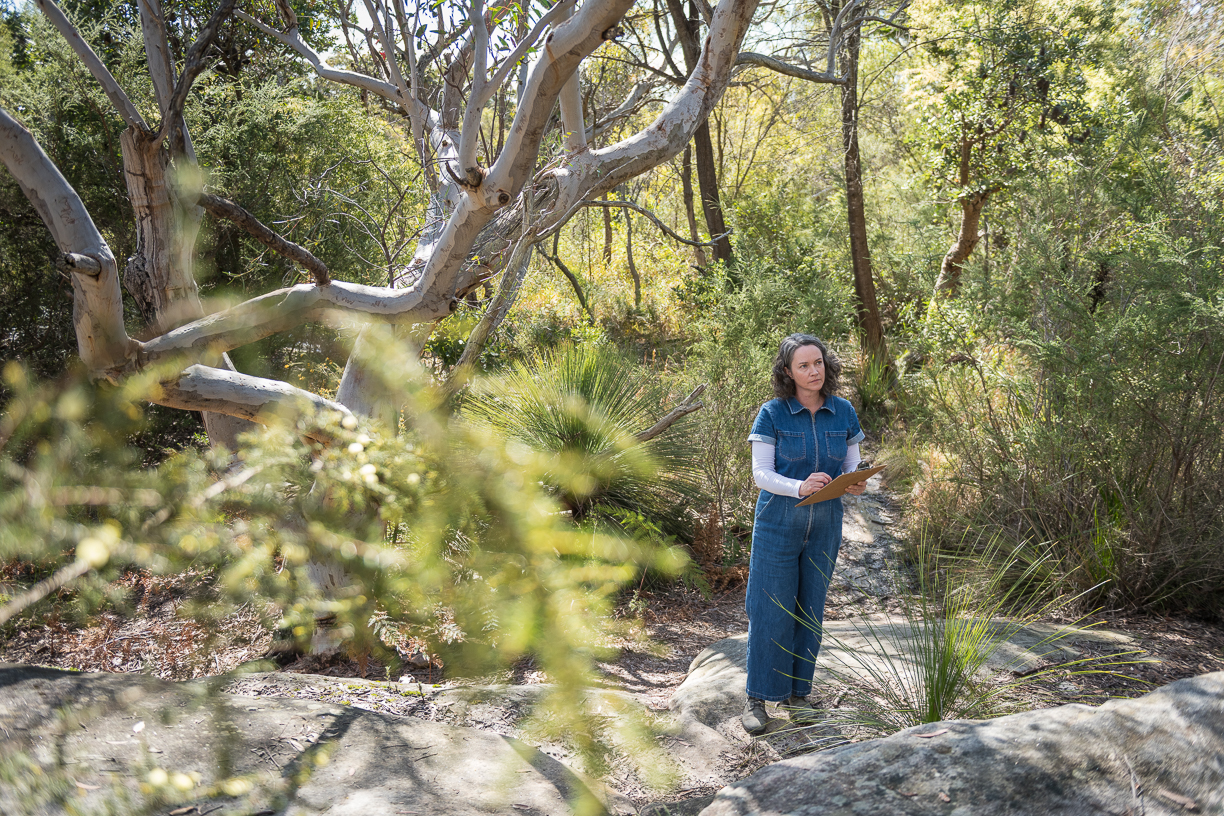
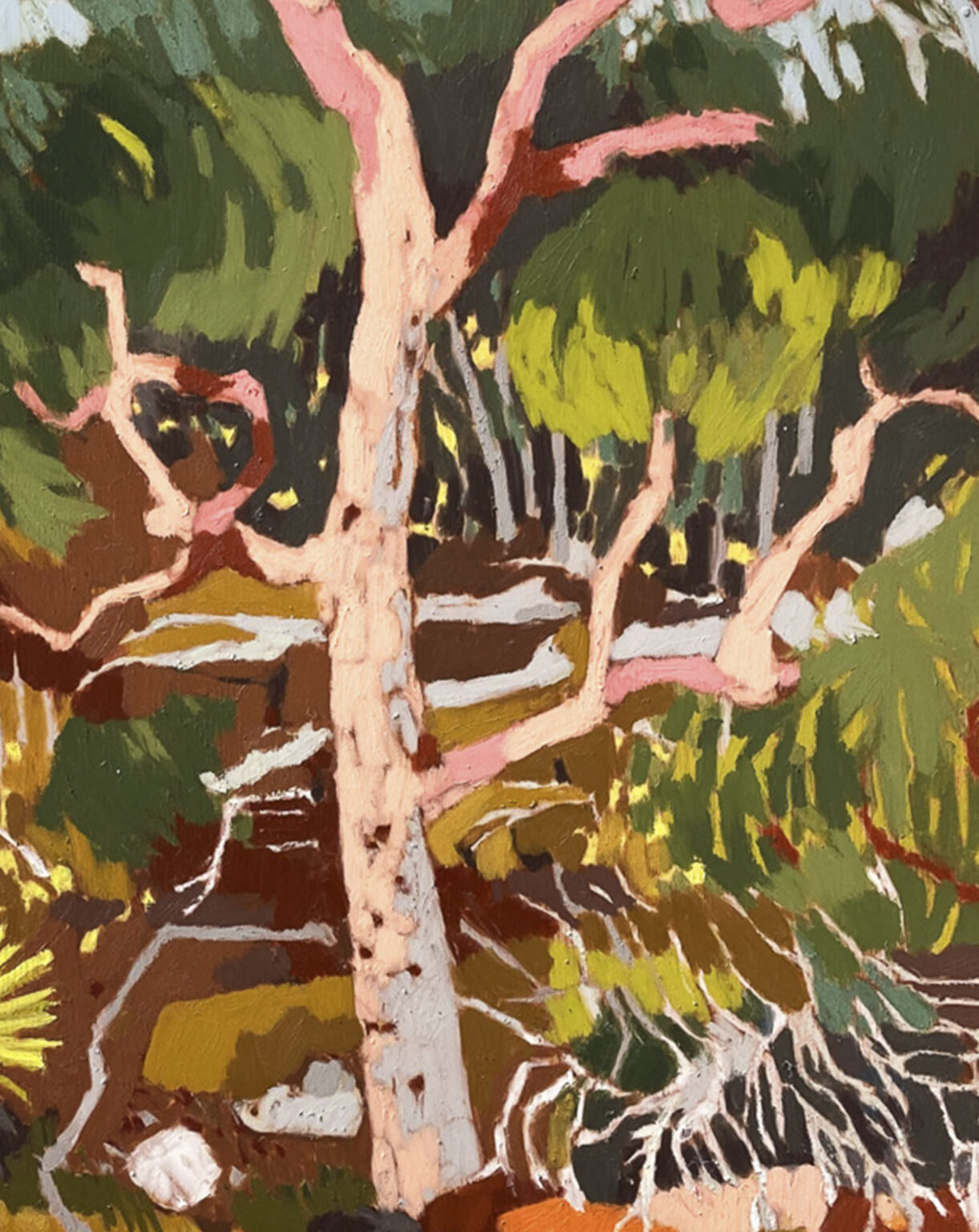
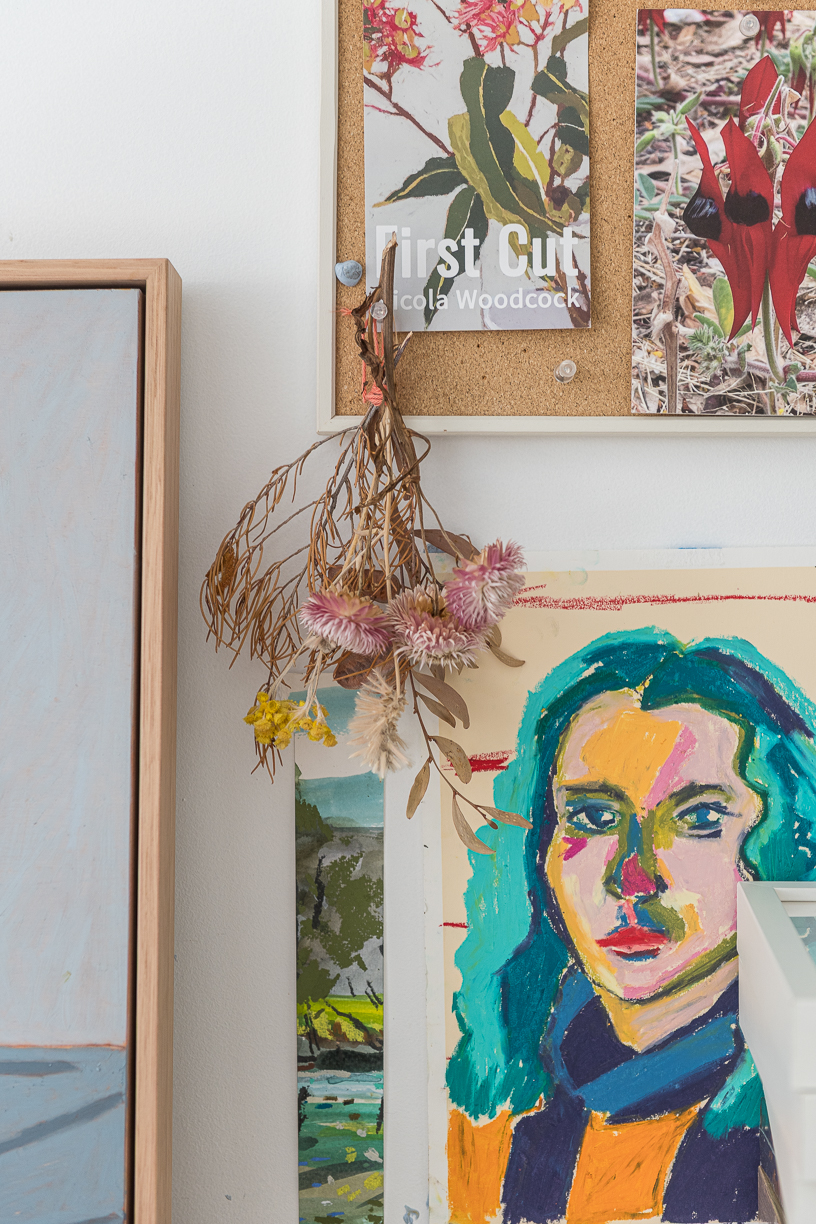
The show’s title was inspired by a song written by a friend, Richard Field, who plays in a band with her husband.
“The song was playing in my mind while I was working on this show and I have used some of the lyrics as titles for the individual works. I was thinking about family trips when we walked down a bush track to a creek on a lovely winter’s day – and I feel like those days are passing now as the girls grow up. They don’t want to do that with us so much any more.
“So there’s a bit of sadness but also a real appreciation of how you need to make the most of every day.”
Don’t wish these days away is showing at Michael Reid Southern Highlands from September 4 till October 5, 2025 .
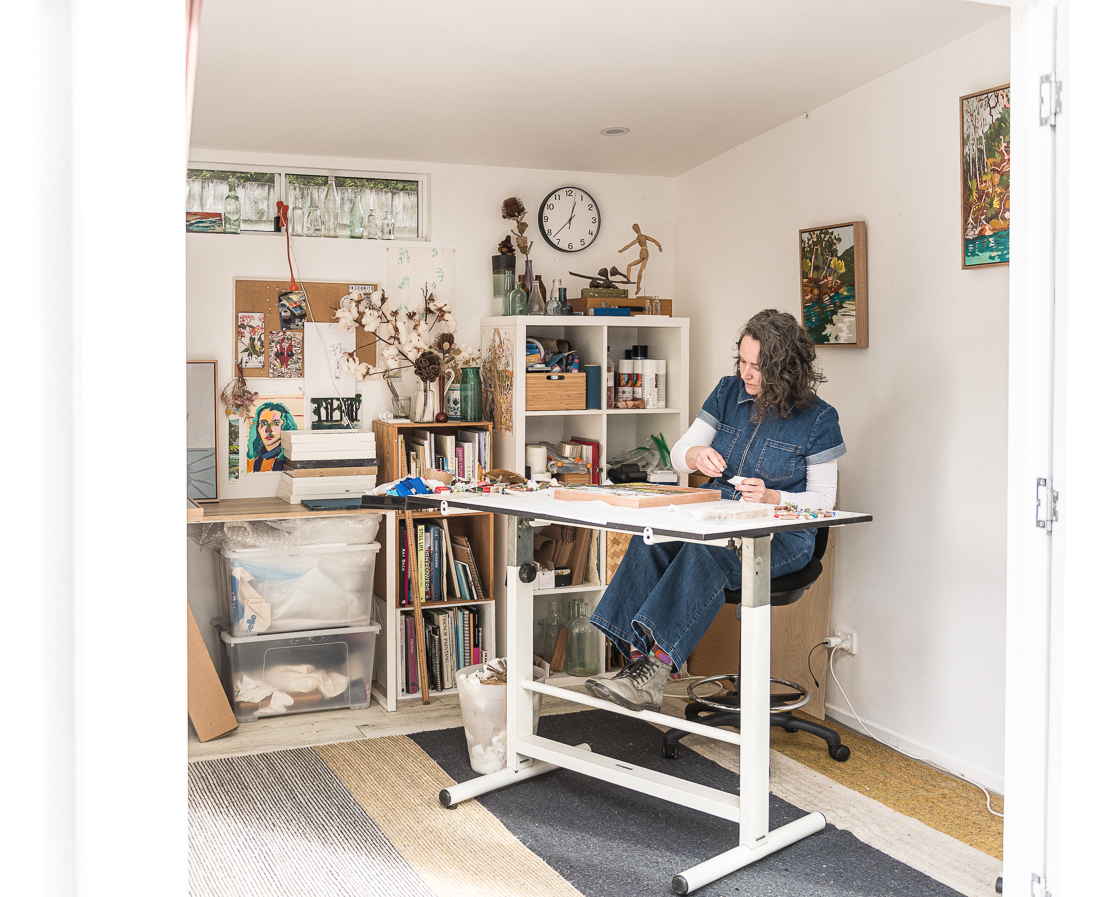
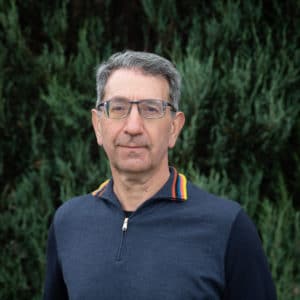
Michael Sharp
Michael has been working at Michael Reid Southern Highlands since it opened in March 2022. He has previously worked as a lawyer, journalist and senior practitioner in Australian corporate affairs.
- xxi Pecora Dairy June 2024
- XXIX David King December 2025
- XXVIII Nicola Woodcock August 2025
- xxvii Marlie Draught Horse Stud May 2025
- xxvi India Mark February 2025
- xxv Mussett Holdings December 2024
- xxiv Louise Frith October 2024
- xxiii Dirty Jane August 2024
- xxii Melanie Waugh July 2024
- xx Emily Gordon May 2024
- xix Steve Hogwood March 2024
- xviii Julz Beresford February 2024
- xvii Snake Creek Cattle Company November 2023
- xvi Ben Waters September 2023
- xv The Reid Brothers August 2023
- xiv Elizabeth Beaumont July 2023
- xiii The Charlotte Project June 2023
- xii Buddhism in Bundanoon May 2023
- xi Honey Thief April 2023
- x David Ball February 2023
- ix Kate Vella January 2023
- viii The Truffle Couple December 2022
- vii Wombat Man November 2022
- vi Storybook Alpacas September 2022
- v Tamara Dean August 2022
- iv John Sharp July 2022
- iii Amanda Mackevicius June 2022
- ii Denise Faulkner May 2022
- i Joadja Distillery March 2022










